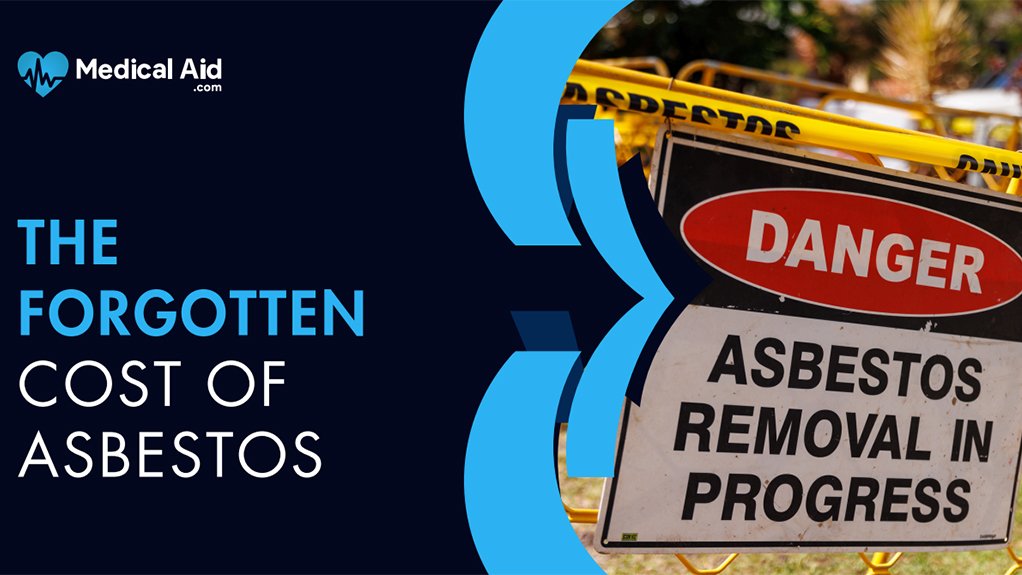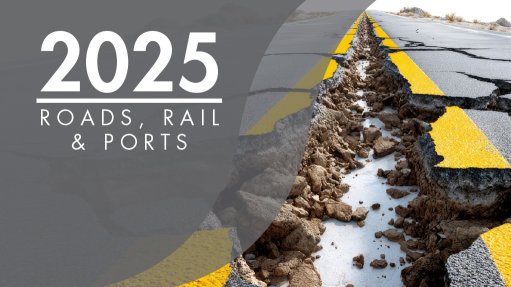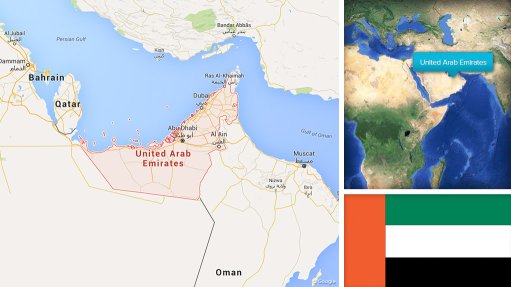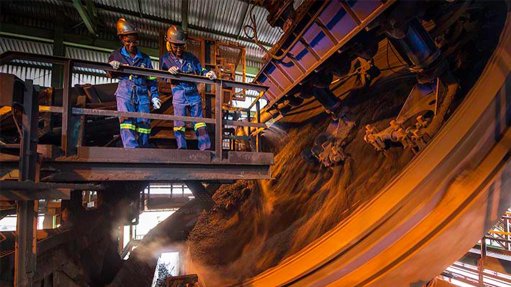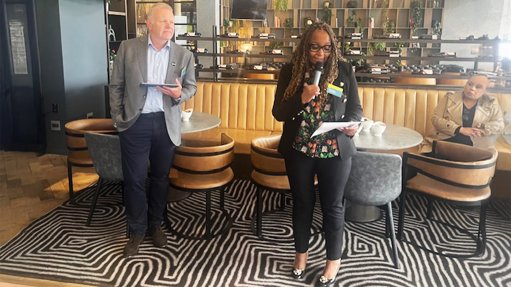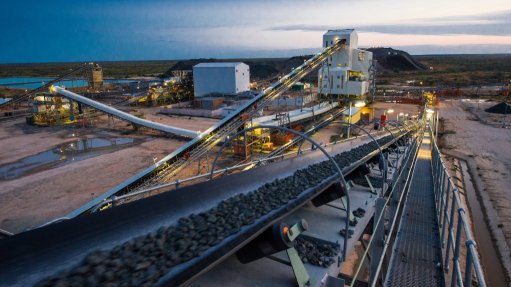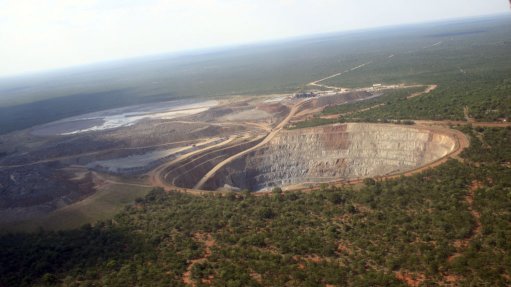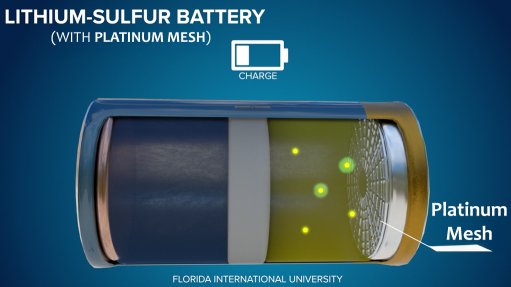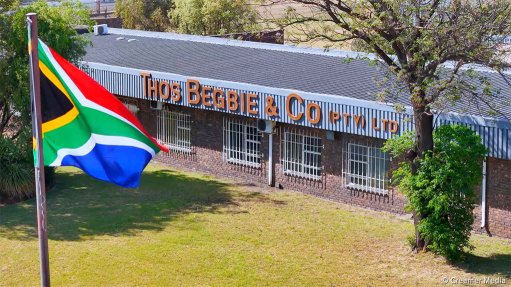The forgotten cost of asbestos
Written by Anchen Coetzee
Once upon a time, not so long ago, South Africa was the global giant of asbestos mining. With over 10-million tons of asbestos produced between 1910 and 2002, the country became the world’s third-largest exporter. The profits were not only good, they were also immense. During the height of things, while the industry fed foreign markets and multinational corporations who reaped the wealth, little attention was paid to what would follow. Today, long after the last mine has closed down, some workers and communities may still be carrying the burden.
One of the most haunting reminders of this history lies in the Lowveld of Mpumalanga. En route to the Eswatini border lies Msauli, a former mining town nestled in the Makonjwa mountains near Barberton. This once thriving, well-funded community has, for all intents and purposes, been frozen in time for over two decades. Its closure in 2001 marked the end of asbestos mining in the country. Today, Msauli is a mere echo of the fate of an industry that once had only profits to show on its books.
Research into asbestos-related illnesses such as mesothelioma, asbestosis and lung cancer shows that they have latency periods of up to 50 years. This means that workers and nearby residents exposed in the 1980s and 1990s may only begin to show symptoms today. What about those workers who were never formally employed, never medically examined, and now have no employer left to hold accountable? And even those who were, what happens to them when the company no longer exists? Who will pay for medical bills when the shareholders are gone?
South Africa has tried to compensate these workers through the Occupational Diseases in Mines and Works Act (ODMWA). In theory, this provides payouts to miners who develop occupational respiratory diseases. In practice, the system is notoriously slow, underfunded, and limited to those who can prove direct employment. Some trusts, such as the Asbestos Relief Trust, were created by companies under legal and public pressure. Unfortunately, these trusts only assist people linked to certain mines and with extensive documentation—requirements that not all former miners and their families can meet.
About 200 new cases of mesothelioma continue to be reported in South Africa each year. This figure is likely underestimated, as many cases go unreported or are misdiagnosed. In asbestos-polluted areas like the Northern Cape, more than 70% of environmental exposure cases involve women and children. Secondary exposure, from fibres brought home on clothes and skin, has proven deadly and because diseases like HIV and TB are so common in South Africa, many people exposed to asbestos die of other illnesses before the asbestos-related disease can even be diagnosed.
The public healthcare system is unable to cope with the growing demand for specialist respiratory and cancer treatment. Most medical schemes do not cover occupational diseases, leaving thousands with no choice but to rely on under-resourced hospitals. Now, the situation may get worse as a proposed law may prevent private doctors from working in public hospitals unless they hold Socio-Economic Development (SED) certificates. This legislation is still pending, but healthcare workers and unions have sharply criticised the plan, warning it could drive even more doctors out of the already collapsing public sector.
The injustice is staggering. The asbestos industry built empires, both locally and abroad. It funded golf courses, schools and lifestyles. It kept shareholders happy and governments complicit, but it left behind disease, dereliction and silence. Msauli is not just an abandoned town; it is a monument to what was taken, and what was never given back.
South Africa’s asbestos history is not just an environmental and medical tragedy. It is a human rights failure and one that disproportionately affected labourers in rural areas. It is a social justice issue that will most probably remain unresolved until the last of those touched by these deadly fibres are no longer on this earth.
And now, the question must be asked: what if the wave of illness has not peaked yet? What if those workers, some of whom never even knew what asbestos was, start falling ill in greater numbers? With no company to sue, no healthcare system to rely on, and no insurance to claim, where will they go?
And more importantly - who will care?
In 2011, the Constitutional Court of South Africa handed down a landmark ruling in Mankayi v AngloGold Ashanti, which confirmed that mineworkers suffering from occupational diseases like those caused by asbestos exposure can sue their former employers for damages, even if they already received compensation under statutory schemes like ODMWA. This opened the door for legal recourse where companies are still traceable, but in many cases where entities have dissolved or records were lost, justice remains out of reach.
Article Enquiry
Email Article
Save Article
Feedback
To advertise email advertising@creamermedia.co.za or click here
Press Office
Announcements
What's On
Subscribe to improve your user experience...
Option 1 (equivalent of R125 a month):
Receive a weekly copy of Creamer Media's Engineering News & Mining Weekly magazine
(print copy for those in South Africa and e-magazine for those outside of South Africa)
Receive daily email newsletters
Access to full search results
Access archive of magazine back copies
Access to Projects in Progress
Access to ONE Research Report of your choice in PDF format
Option 2 (equivalent of R375 a month):
All benefits from Option 1
PLUS
Access to Creamer Media's Research Channel Africa for ALL Research Reports, in PDF format, on various industrial and mining sectors
including Electricity; Water; Energy Transition; Hydrogen; Roads, Rail and Ports; Coal; Gold; Platinum; Battery Metals; etc.
Already a subscriber?
Forgotten your password?
Receive weekly copy of Creamer Media's Engineering News & Mining Weekly magazine (print copy for those in South Africa and e-magazine for those outside of South Africa)
➕
Recieve daily email newsletters
➕
Access to full search results
➕
Access archive of magazine back copies
➕
Access to Projects in Progress
➕
Access to ONE Research Report of your choice in PDF format
RESEARCH CHANNEL AFRICA
R4500 (equivalent of R375 a month)
SUBSCRIBEAll benefits from Option 1
➕
Access to Creamer Media's Research Channel Africa for ALL Research Reports on various industrial and mining sectors, in PDF format, including on:
Electricity
➕
Water
➕
Energy Transition
➕
Hydrogen
➕
Roads, Rail and Ports
➕
Coal
➕
Gold
➕
Platinum
➕
Battery Metals
➕
etc.
Receive all benefits from Option 1 or Option 2 delivered to numerous people at your company
➕
Multiple User names and Passwords for simultaneous log-ins
➕
Intranet integration access to all in your organisation



